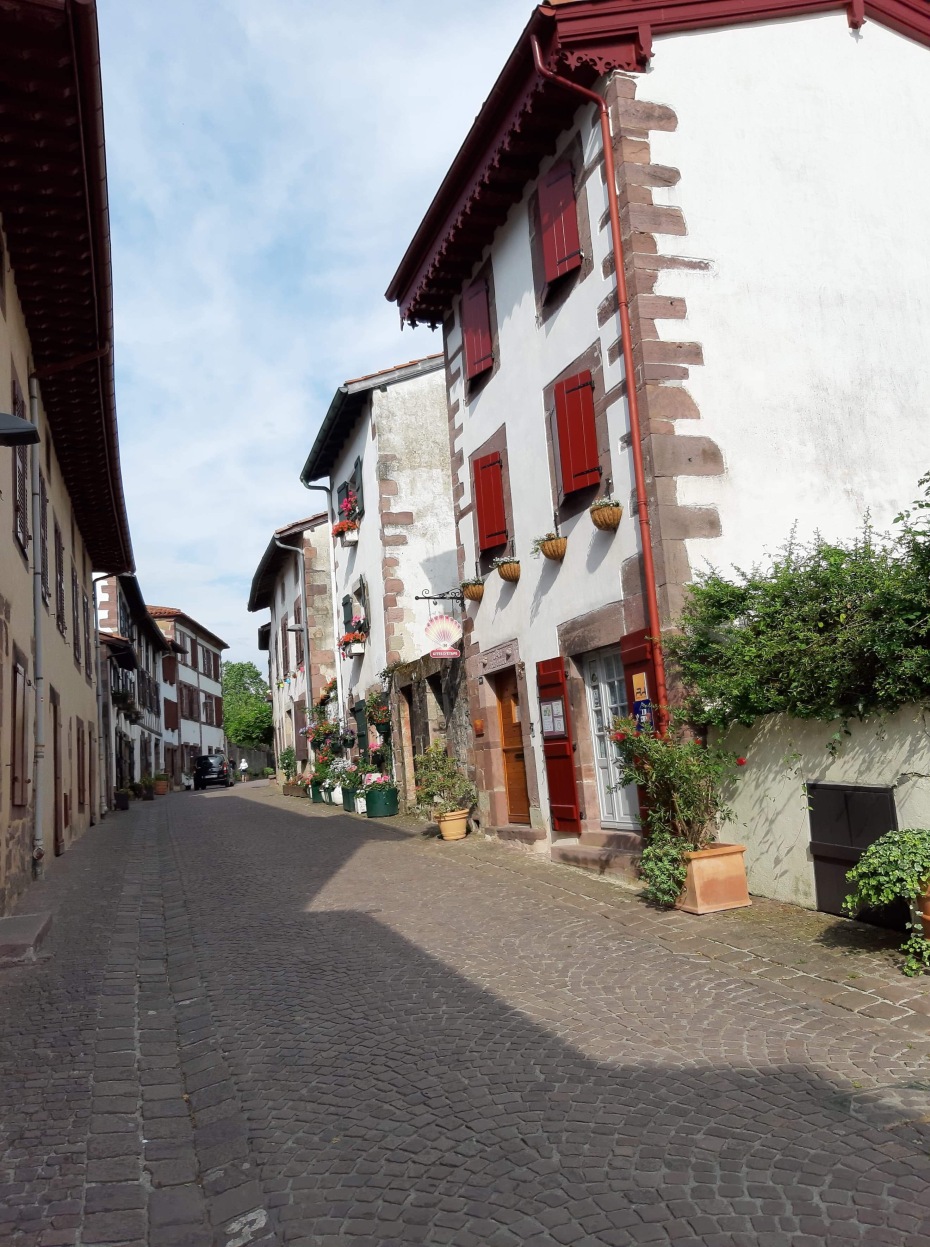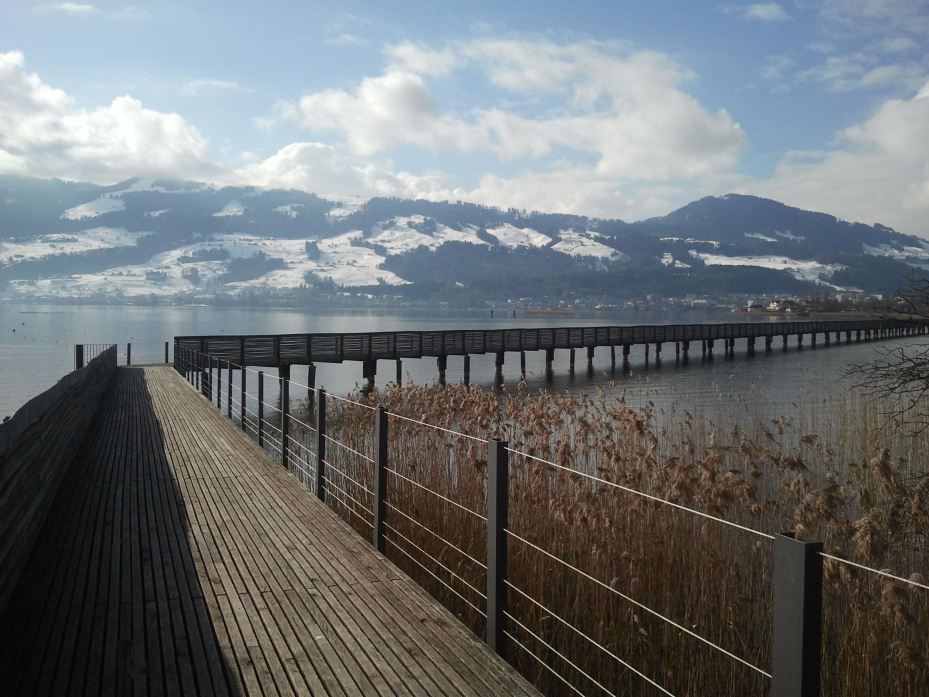The Costa Vella Hotel in Santiago de Compostela has been selected by Rolandomio Travel and we are happy to recommend this excellent Hotel. In our opinion, it is an ideal place for everybody that plans to visit the wonderful Galician town Santiago de Compostela. Also, we recommend the Costa Vella Hotel to all those tired Pilgrims that deserve a relaxing and cosy Hotel after their successful completion of the Camino. The room rates (VAT 10% included) are fair and affordable.
圣地亚哥德孔波斯特拉的核心,世界Heritage site, the Costa Vella Hotel offers you a different way to enjoy your stay in the city. Here time takes on a different meaning!
The Costa Vella is situated in Porta da Pena, a street whose name refers to one of the seven gates into the old medieval town. Part of the original city wall forms the boundary to the garden.
The Costa Vella is situated in the old quarter, and the hotel is in the perfect place to visit Compostela – with its numerous churches, monuments and museums, shops and restaurants, cultural atmosphere and nightlife – all within comfortable walking distance.
The Hotel believes that respect for customs and traditions does not mean doing without the everyday conveniences! To this end, the 14 Rooms are a mixture of tradition and modernity, a tasteful combination of carefully restored local architecture with the comforts that modern life offers such as en suite bathroom, television, hair-dryer and so on.
The walled garden is unique in the old city and when the weather is good you may have your breakfast in the shade of apple and lemon trees or read the newspaper under the grapevines.

Costa Vella Hotel in Santiago de Compostela
Alternative, you can always enjoy a refreshment in the cosy environment of the Hotel bar. Enjoy a conversation over a snack and a glass or two of one of the many regional wines.
Start your day in the breakfast-buffet lounge overlooking the garden and with a view of the Convent of San Francisco below. The Hotel especially recommends Galician cheese with honey, Santiago almond cake or the Hotel‘s home-made toasted bread.
In the glass galleried lounge with beautiful views to the surrounding hills, you can prepare your tours around the city or an excursion to the Galician countryside. You can use the extensive selection of maps and guidebooks or, if you prefer to stay in the hotel, that has also a small library.
The hotel offers private parking at 150 meters, free WiFi, social room with free Internet connection, 24-hour front desk, ironing service, car hire, etc.
Costa Vella Hotel is situated just inside the old city walls, in a pedestrian area, at only a stone’s throw from San Martin Pinario Monastery and within 15 minutes walking distance to the Cathedral and its surrounding streets and squares. Enjoy Santiago de Compostela!
Post written in cooperation with Vella Costa Hotel.
Contact
Website:http://www.hotelcostavella.com

Costa Vella Hotel in Santiago de Compostela
Das科斯塔在圣地亚哥德孔波斯特拉维拉拉酒店rde von Rolandomio Travel ausgewählt und wir empfehlen dieses ausgezeichnete Hotel gerne weiter. Unserer Meinung nach ist es ein idealer Ort für alle, die die wunderschöne galizische Stadt Santiago de Compostela besuchen möchten. Auch empfehlen wir das Hotel Costa Vella allen müden Pilgern, die am Ende eines langen und mühsamen Caminos ein erholsames und gemütliches Hotel verdienen. Die Zimmerpreise (inkl. MwSt. 10%) sind fair und bezahlbar.
Im Herzen von Santiago de Compostela, Weltkulturerbe, bietet Ihnen das Costa Vella Hotel eine andere Art den Aufenthalt in der Stadt zu genießen. Hier bekommt die Zeit eine andere Bedeutung!
Das Costa Vella befindet sich in Porta da Pena, einer Straße, deren Name sich auf eines der sieben Tore der alten mittelalterlichen Stadt bezieht. Ein Teil der ursprünglichen Stadtmauer bildet die Grenze zum Garten. Das Costa Vella befindet sich in der Altstadt, und das Hotel ist der perfekte Ort, um Compostela zu besuchen – mit seinen zahlreichen Kirchen, Monumenten und Museen, Geschäften und Restaurants, kultureller Atmosphäre und Nachtleben – alles bequem zu Fuß erreichbar.
Das Hotel findet, dass der Respekt für Bräuche und Traditionen nicht bedeutet, auf die Annehmlichkeiten des Alltags zu verzichten! Zu diesem Zweck sind die 14 Zimmer eine Mischung aus Tradition und Moderne, eine geschmackvolle Kombination aus sorgfältig restaurierter lokaler Architektur mit dem Komfort, den das moderne Leben bietet, wie Bad, Fernseher, Haartrockner und so weiter.
Der ummauerte Garten ist einzigartig in der Altstadt und wenn das Wetter gut ist, können Sie im Schatten von Apfel- und Zitronenbäumen frühstücken oder die Zeitung unter den Weinreben lesen. Alternativ können Sie in der gemütlichen Atmosphäre der Hotelbar immer eine Erfrischung genießen. Unterhalten Sie sich bei einem Snack und einem oder zwei Gläser der vielen regionalen Weine.
Beginnen您古老der Fruhstuckbuffet-Loun标签ge mit Blick auf den Garten und mit Blick auf das Kloster von San Francisco. Das Hotel empfiehlt vor allem galizischen Käse mit Honig, Santiago-Mandel-Kuchen oder das hausgemachte Toastbrot. Im Wintergarten mit einer herrlichen Aussicht auf die umliegenden Hügel können Sie Ihre Touren durch die Stadt oder einen Ausflug in die galizische Landschaft vorbereiten. Sie können die umfangreiche Auswahl an Karten und Reiseführern oder, wenn Sie lieber im Hotel bleiben möchten, auch eine kleine Bibliothek nutzen.

Costa Vella Hotel in Santiago de Compostela
Das Hotel bietet einen privaten Parkplatz (150 Meter entfernt), kostenloses WLAN, einen Gemeinschaftsraum mit kostenlosem Internetzugang, eine 24-Stunden-Rezeption, einen Bügelservice, eine Autovermietung usw.
Das Hotel Costa Vella befindet sich in einer Fußgängerzone, nur einen Steinwurf vom Kloster San Martin Pinario und nur 15 Gehminuten von der Kathedrale und den umliegenden Straßen und Plätzen entfernt. Viel Vergnügen in Santiago de Compostela!
Artikel geschrieben in Zusammenarbeit mit Costa Vella Hotel.
Kontakt
Website:http://www.hotelcostavella.com
42.883120
-8.543360
Like this:
Like
Loading...











